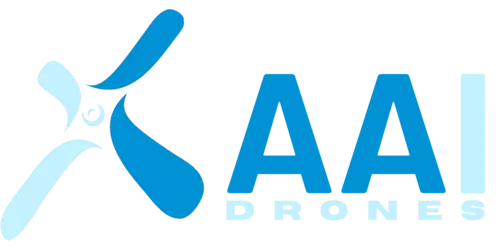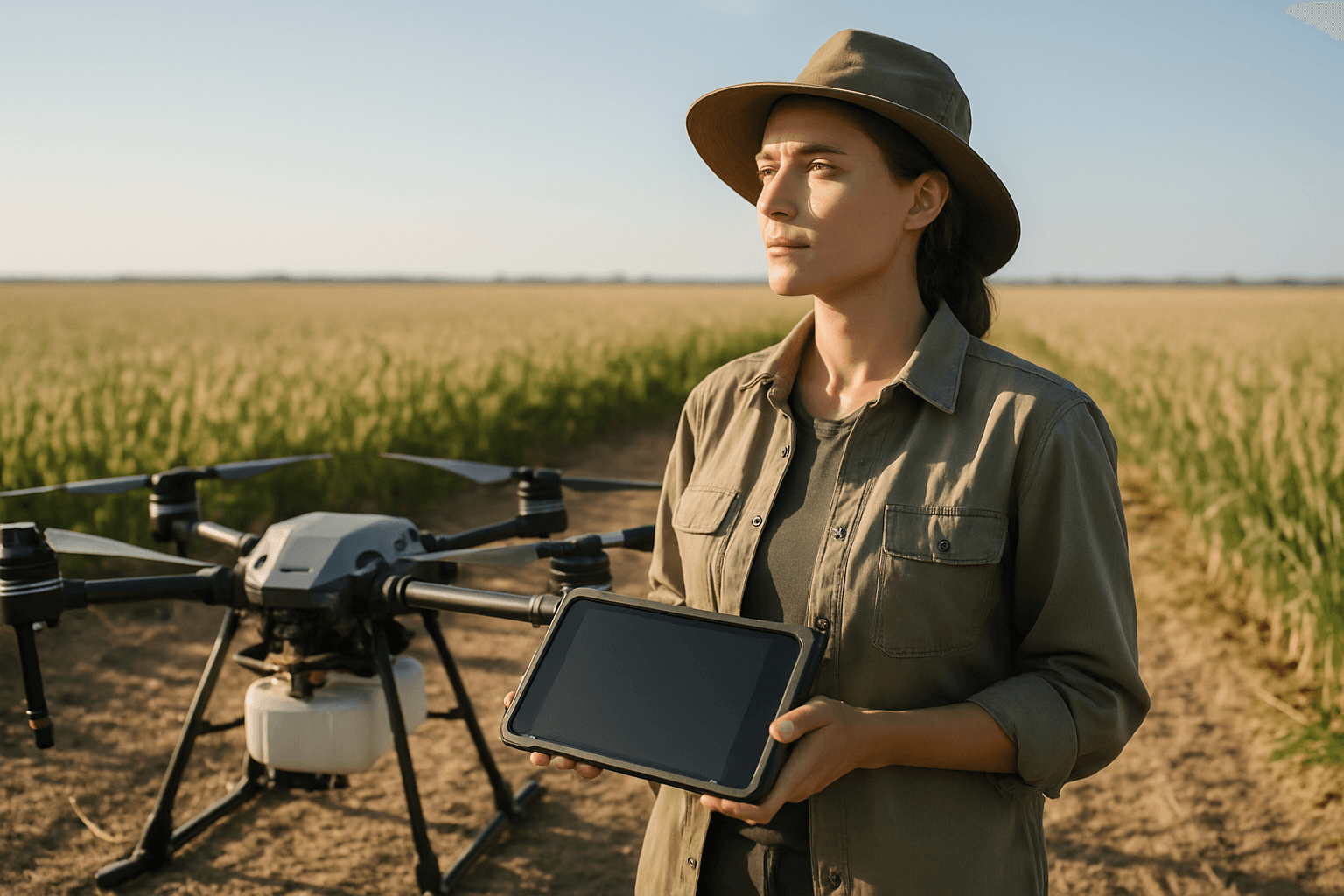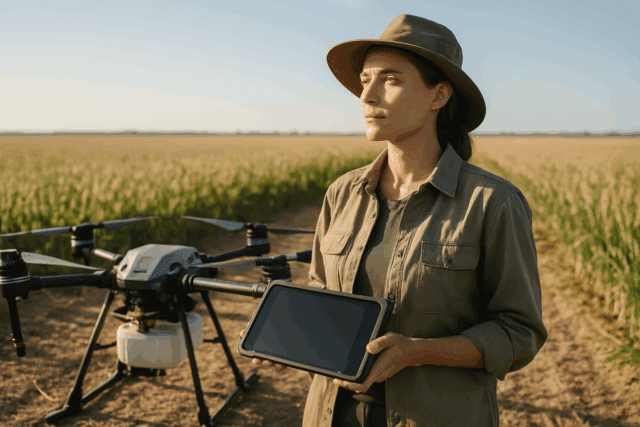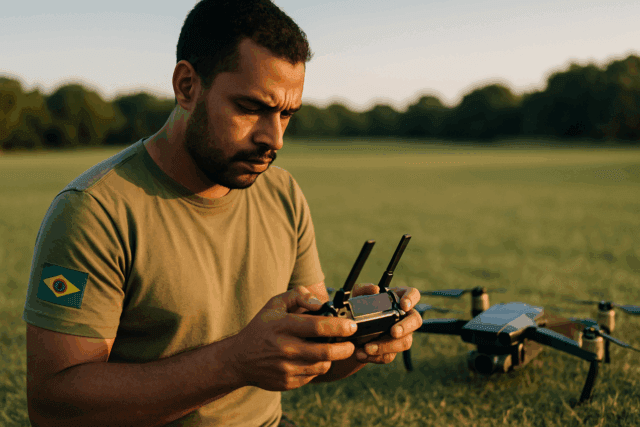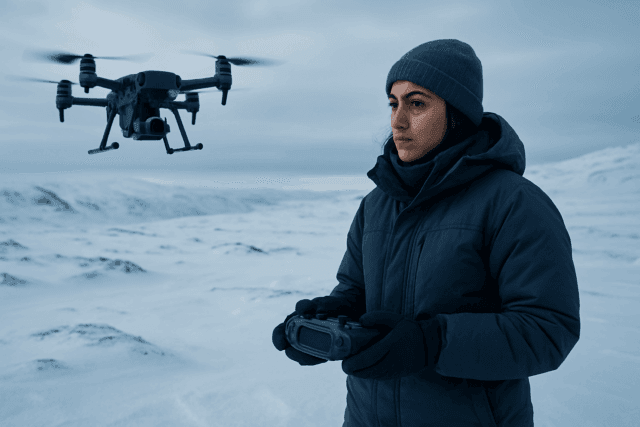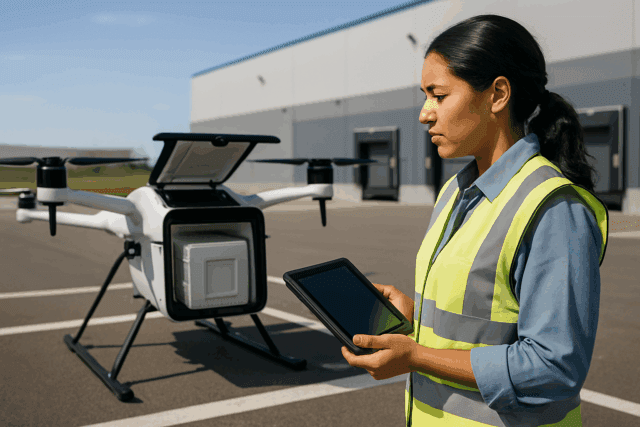The integration of drones, also known as Unmanned Aerial Vehicles (UAVs), into agriculture is revolutionizing farming practices by enhancing precision, efficiency, and sustainability. Drones offer numerous benefits, such as precision mapping, crop monitoring, targeted spraying, and livestock management, leading to improved yields and reduced resource consumption. However, this technological advancement also introduces a complex web of ethical considerations that require careful navigation to ensure responsible and equitable adoption.
Privacy Concerns and Data Management
One of the foremost ethical challenges in agricultural drone use revolves around privacy. Drones equipped with high-resolution cameras and advanced sensors can collect vast amounts of data, which may inadvertently capture images of private property or personally identifiable information (PII) of individuals, including neighboring residents.
Surveillance of Neighboring Properties
Drone flight paths, even when intended solely for a farmer’s land, can cross or capture images of adjacent properties, leading to concerns about unwanted surveillance and invasion of privacy. Many regions are developing specific regulations for drone flights over private property, and operators are often advised to establish clear boundaries and notify neighbors when operations occur near property lines.
Data Collection, Ownership, and Consent
Agricultural drones gather highly detailed information about farm operations, including crop yields, soil conditions, and livestock movements. This data is valuable, but its collection raises questions about data ownership, usage, and potential for misuse. The legal landscape surrounding data ownership in precision agriculture is complex, involving farmers, technology providers, and equipment manufacturers. Ethical drone use necessitates transparent data management policies, explicit consent for collecting identifiable information about others’ properties, and clear communication on how data is used, stored, and shared. Farmers should maintain control over their data, and technology providers should be transparent about their data practices.
Cybersecurity Risks
The reliance on information technology for drone management and data processing introduces cybersecurity vulnerabilities. Agricultural drone systems can be susceptible to hacking, unauthorized access, denial-of-service (DoS) attacks, and GPS spoofing. Malicious actors could inject falsified data, leading to inaccurate assessments, suboptimal resource allocation, and significant crop damage. Protecting sensitive farm data from theft or corruption is crucial, as compromised data can have significant downstream impacts on farm operations and food supply chains.
Environmental and Ecological Impacts
While drones often contribute to more sustainable farming practices by optimizing resource use and reducing chemical application, their operation also presents specific environmental and ecological considerations.
Noise Pollution and Wildlife Disruption
Agricultural drones generate noise that can disturb wildlife habitats and breeding patterns. Birds, mammals, and insects may alter their natural behaviors or abandon nesting sites in response to drone presence.
Chemical Drift and Misapplication
Drones used for crop spraying offer precision benefits, reducing the need for broad-spectrum application and minimizing chemical runoff and emissions. However, if used improperly, drones can spread pesticides or herbicides to neighboring farms, waterways, or bystanders, potentially damaging crops and endangering people and nature.
Battery Disposal and Material Waste
Although drones reduce carbon emissions compared to heavy machinery by running on rechargeable batteries, the production and disposal of lithium-ion batteries create waste and require energy-intensive processes. Additionally, some drone components are made of plastic, contributing to long-term environmental concerns.
Socio-Economic Implications
The advent of agricultural drones also brings significant socio-economic considerations, particularly concerning labor and equitable access to technology.
Labor Displacement and New Job Creation
Drones can significantly reduce the need for manual labor in tasks like crop spraying, potentially displacing workers who traditionally earn a living from such activities. For example, a single drone can cover an area equivalent to the effort of 30 to 100 manual workers spraying pesticides. This shift can raise concerns about job losses, especially in rural areas.
However, drones also create new skilled employment opportunities for pilots, precision-agriculture technicians, data-insights specialists, and UAV maintenance engineers. They can make farming more attractive to rural youth by eliminating physically demanding and dangerous tasks. Governments may need to implement programs to help displaced workers transition to new roles.
Equitable Access and Digital Divide
The high initial cost of drones, along with the need for training and technical expertise, can create barriers for smallholder farmers, potentially favoring larger agribusinesses. This raises concerns about fair access to emerging agricultural technologies and the potential for a widening digital divide.
Worker Surveillance and Welfare
The use of drones on farms can lead to increased surveillance of the farm workforce, with managers potentially checking worker performance. This raises questions about working conditions and the nature of farm work, demanding a better understanding of the implications for worker welfare.
Regulatory Compliance and Safety
Operating agricultural drones legally and safely requires adherence to specific regulations and a strong commitment to safety protocols.
Airspace Regulations and Licensing
Farmers and operators must comply with airspace restrictions, altitude limits, and obtain the necessary certifications, such as a Remote Pilot Certificate and an Agricultural Aircraft Operator Certificate (AAOC) for spraying operations. Regulations vary by region and drone weight, with heavier drones facing stricter requirements. Maintaining visual line of sight and adhering to FAA Part 137 rules for agricultural aircraft operations are crucial.
Safety Risks to People and Animals
Drones can pose safety risks to people and animals on the ground if they malfunction or are not operated correctly. Improper operation, especially during spraying, can endanger bystanders and livestock. Advanced drone features like GPS, geofencing, and obstacle avoidance are essential for precise and safe operations.
Conclusion
The ethical considerations surrounding agricultural drones are multifaceted, encompassing privacy, environmental impact, socio-economic equity, and safety. While drones offer transformative benefits for precision agriculture and sustainable food production, addressing these ethical dilemmas is paramount. Establishing clear guidelines for data management, promoting environmental stewardship, managing labor transitions, ensuring equitable access, and maintaining rigorous safety standards are crucial for the responsible integration and long-term sustainability of drone technology in farming.
